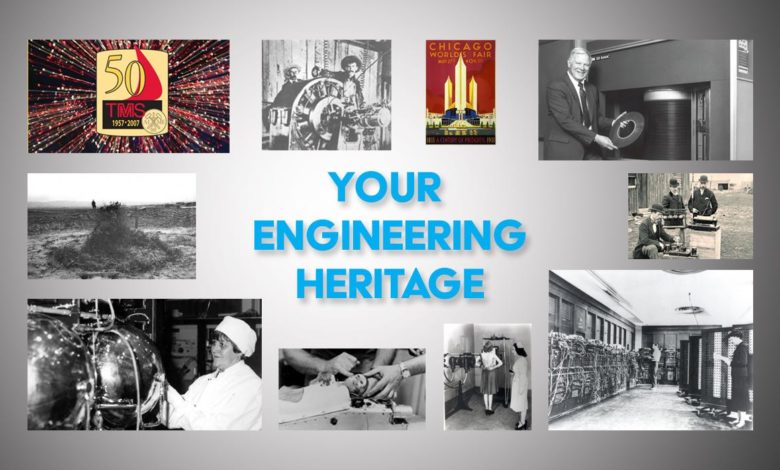
As mentioned in a previous column, this is the 125th anniversary of IEEE. The IEEE in its modern form was born in 1963 out of a merger of the Institute of Radio Engineers (IRE) and the American Institute of Electrical Engineers (AIEE). The AIEE was itself founded in 1884–therefore that date was chosen for historical purposes as the beginning of IEEE. But where did IRE come from? It began in 1912 largely as the result of the efforts of an amazing man, Robert H. Marriott.
Marriott was born on 19 February 1879 at Richwood, Ohio, and started his radio experimental work in 1897, at the Ohio State University, where he graduated with the Bachelor of Science degree in 1901. Entering the nascent field of radio, then known as wireless, he soon distinguished himself as an engineer and businessman. For example, he was the first one to put into use in America the telephone and detector method of radio reception.
In 1908, Marriott recognized that the AIEE, then almost 25 years old, did not meet the needs of radio engineers. A small collective for radio engineers, the Society of Wireless Telegraph Engineers (SWTE) had been founded in Boston by the radio entrepreneur John Stone Stone in 1907, but Marriott realized that something broader was needed. Since New York was the center of the industry at the time, Marriott distributed a circular asking radio engineers to join a new, New York-based professional organization modeled on the AIEE. In 1909, with sixty charter members, the Wireless Institute was born. At least in terms of the name “Institute,” we are also celebrating a centennial!
Recognizing that radio by its nature transcended boundaries of space, Marriott invited his Boston colleagues to join him. Ninety-seven years ago this month (13 May 1912), the SWTE and the Wireless Institute merged to form the IRE–though really the SWTE was absorbed into its larger cousin. Marriott became the first president of the new society, served as its vice-president in 1913, and served on the Board of Directors in 1914-1916, 1920-1922, and 1926-1932.
Of course, Marriott stayed active in the field of radio. Mr. Marriott did experimental work for a number of early radio companies, and was a radio aide of the U. S. Navy in 1915-1925, which caused him to become involved part time in West Coast activities. There he completed the first commercial broadcasting station on the Pacific Coast, which operated between Avalon, Catalina Island, and the California mainland. Marriott was instrumental in forming the Seattle Section of the IRE, and became the first Chairman of that Section in 1915, a position he filled until 1919.
Marriott was a consulting engineer of the Federal Radio Commission in 1928 — 1929, and he continued in private consulting until 1943, when he retired and returned to the East Coast full time. He was responsible for a number of patents and was the author of many papers and articles on radio which included a series of popularizing articles in the New York Herald Tribune in 1927 and 1928.
In recognition of his service both to the field and to the profession of radio engineering, Marriott was made a Fellow of the IRE in 1915 (its inaugural class), an AIEE Fellow in 1926, and an IRE Life Fellow in 1949. He was also an Honorary Member of the Radio Club of America, and of the Veterans Wireless Operators Association. Marriott died on 31 October 1951 at his home in Brooklyn, New York.






